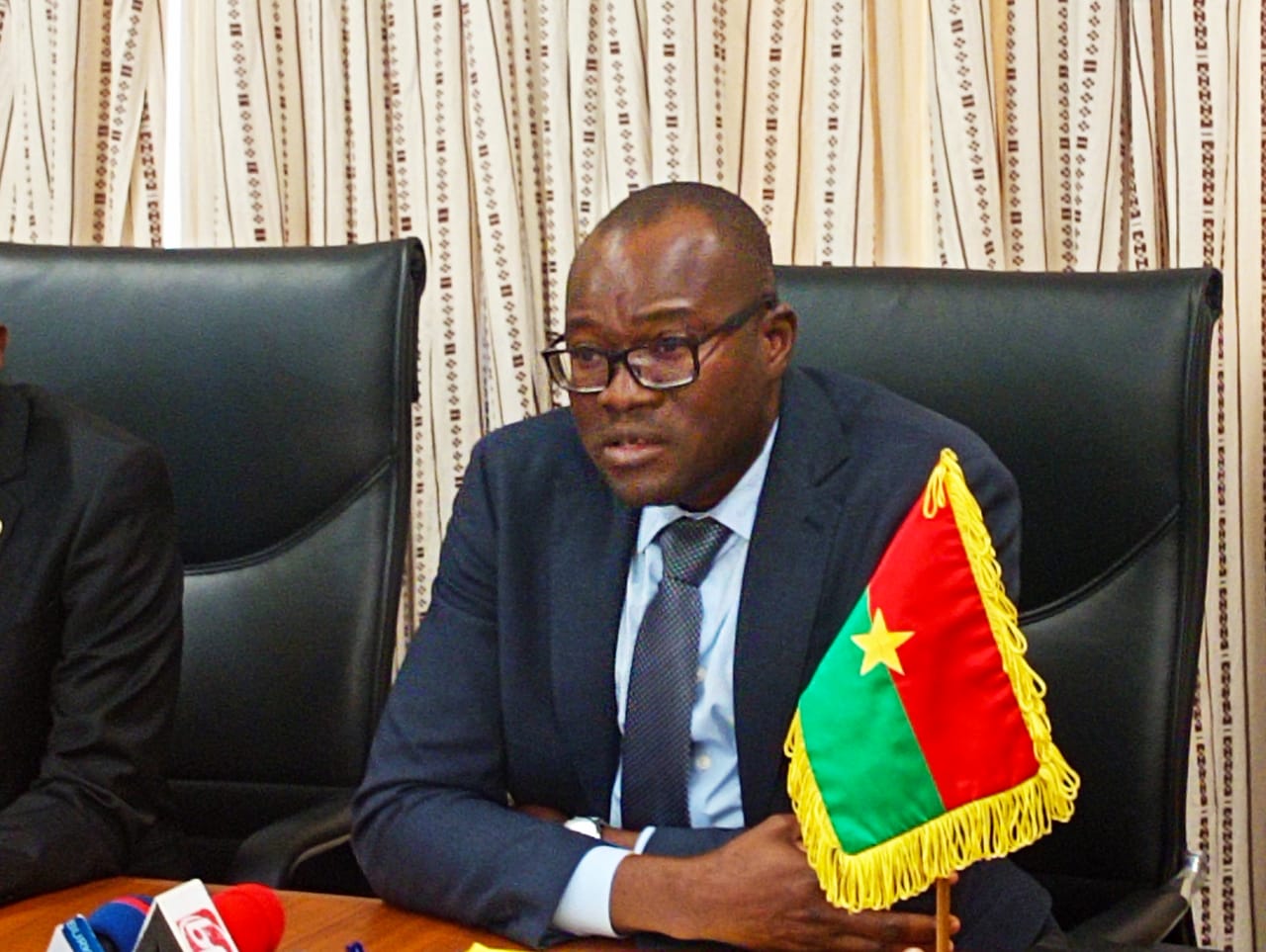Centralization of NGO deposits tests bank liquidity
Burkina mandates NGO accounts at the Treasury Deposits Bank, tightening fiscal control and nudging bank funding costs higher. Track XAUUSD and EMB alongside deposit trends, loan pricing, and settlement timeliness to gauge liquidity and execution risk.

Burkina Faso has ordered all accredited non-governmental organizations and associations to open and domicile their operating accounts exclusively at the Treasury Deposits Bank (Banque de Dépôt du Trésor). The decree centralizes civil-society cash management within the state’s fiscal perimeter and reorients part of the deposit base away from commercial lenders.
It arrives as buffers tighten: general government debt is estimated near 59% of GDP in 2025, the overall deficit is projected around 4.3% of GDP, headline inflation is moderating to roughly 3.2% from 4.2% in 2024, and nominal GDP is close to USD 27 billion. The current-account gap is expected to narrow toward 3.5% of GDP, with high gold prices underpinning export receipts and supporting reserve adequacy.
The policy mechanism is twofold. First, routing NGO deposits through the Treasury Deposits Bank pulls donor inflows and project disbursements into treasury systems, tightening audit trails, enhancing AML/CFT control, and reducing off-budget opacity. Second, liquidity shifts from private intermediation to a public conduit, strengthening cash-flow forecasting for the sovereign while marginally constraining banks’ low-cost funding.
Donor-linked inflows typically amount to about 2.5–3.0% of GDP—roughly CFA 250–275 billion—and form a small but stable share of system deposits. Even a full reallocation will not be systemically destabilizing, but the loss of sticky balances can lift marginal funding costs and nudge lending standards tighter, especially for SMEs and microfinance clients.
Transmission should be visible across banking, fiscal, and program-delivery channels. Banks may face a modest rise in funding costs of 10–15 basis points if deposits migrate as directed, with partial pass-through to corporate loan coupons and a mechanical squeeze on net interest margins. NGOs will need to align payment cycles with treasury processes rather than commercial-bank rails, creating a risk of one-week settlement delays that could interrupt procurement, payroll, and field disbursements.
At the sovereign level, consolidating grant-related flows inside the treasury perimeter improves issuance planning and cash-management alignment with redemption calendars, lowering rollover risk on the regional local-currency curve and reducing the need for ad hoc cash bridges late in budget execution.
The decree alters the aid–state compact in ways global investors will recognize from prior frontier episodes. It prioritizes fiscal sovereignty and control over donor-related cash at the cost of reduced operational autonomy for civil-society entities. Compared with regional peers that implemented Treasury Single Account reforms limited to government units, Burkina Faso’s inclusion of NGOs represents a more expansive perimeter.
That breadth will be judged by execution quality. If treasury payment infrastructure scales and throughput remains reliable, the measure can compress leakages without impairing intermediation. If frictions persist, program delivery slows and donors impose stricter disbursement conditions, increasing administrative costs and elongating project time lines.
Market reaction will be incremental rather than dramatic. Local-currency yields could drift 20–30 basis points wider if funding costs rise and banks demand higher auction yields to warehouse government paper, though elevated gold prices temper broader risk.
With XAUUSD above USD 2,300 per ounce, mining royalties and export earnings provide a counterweight to tighter domestic credit, stabilizing cash collections and import cover. In hard currency, frontier risk—as proxied by EMB—remains more sensitive to global rates and commodity sentiment than to this decree, but evidence of deposit flight or payment disruptions would erode confidence and widen spreads at the margin.
The signal is consolidation of financial oversight under constrained buffers. The state is tightening the fiscal perimeter, improving cash visibility, and reducing reliance on fragmented accounts as it navigates moderate debt and external pressures. Validation will be empirical and time-bound. Over the next two quarters, watch monthly commercial-bank deposit growth versus the pre-decree trend, average bank funding-rate spreads relative to the policy corridor, one-week treasury settlement timeliness for NGO transactions, and local-currency auction coverage ratios.
By end-Q2 2026, if commercial-bank deposits contract by less than 3%, funding spreads rise by no more than 20 basis points, settlement timeliness stays within one week, XAUUSD remains supportive, and EMB is broadly stable, the reform will have strengthened oversight without impairing financial intermediation. Breaching those thresholds would flag rising execution risk and a negative drift in banking conditions and program delivery.





